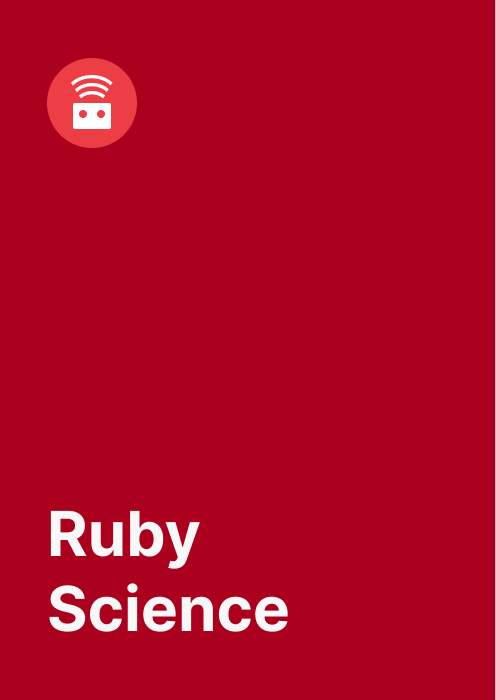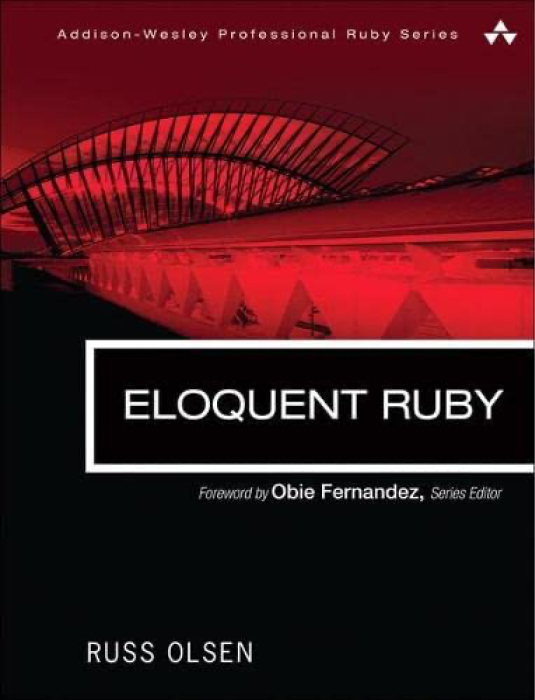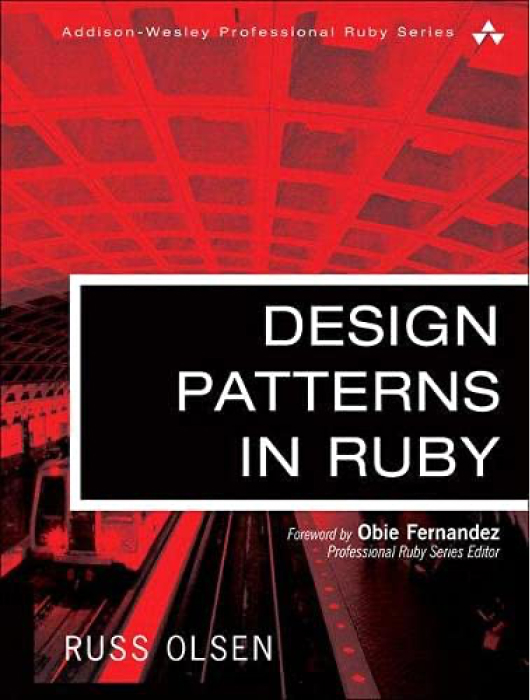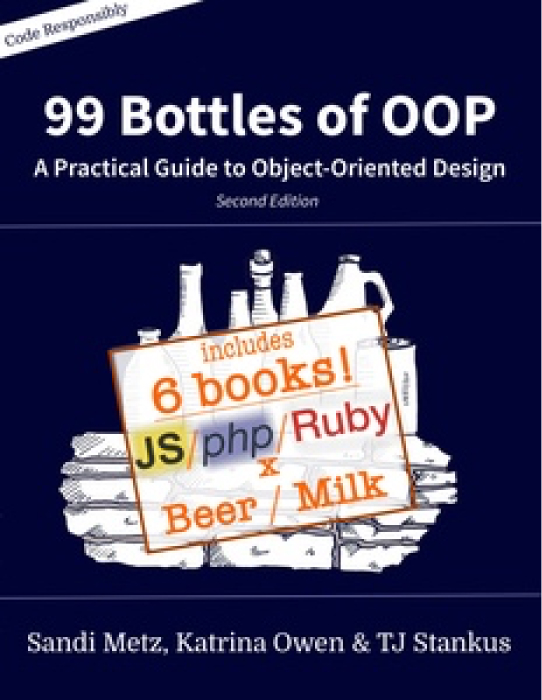
What's this about?
The canonical reference for writing fantastic Rails applications from authors who have created hundreds.
Ruby on Rails is almost a decade old, and its community has developed a num- ber of principles for building applications that are fast, fun and easy to change: Don’t repeat yourself, keep your views dumb, keep your controllers skinny, and keep business logic in your models. These principles carry most applications to their first release or beyond.
Ruby on Rails is almost a decade old, and its community has developed a num- ber of principles for building applications that are fast, fun and easy to change: Don’t repeat yourself, keep your views dumb, keep your controllers skinny, and keep business logic in your models. These principles carry most applications to their first release or beyond.
However, these principles only get you so far. After a few releases, most ap- plications begin to suffer. Models become fat, classes become few and large, tests become slow and changes become painful. In many applications, there comes a day when the developers realize that there’s no going back; the ap- plication is a twisted mess and the only way out is a rewrite or a new job.
Fortunately, it doesn’t have to be this way. Developers have been using object- oriented programming for several decades and there’s a wealth of knowledge out there that still applies to developing applications today. We can use the lessons learned by these developers to write good Rails applications by apply- ing good object-oriented programming.
Ruby Science will outline a process for detecting emerging problems in code and will dive into the solutions, old and new.
You'll Learn
Author
Thoughbot
Thoughtbot is your expert strategy, design, product management, and development partner. We bring digital products from idea to success and teach you how because we care. It’s time to move beyond simply building features and start designing the right product with the right strategy.




